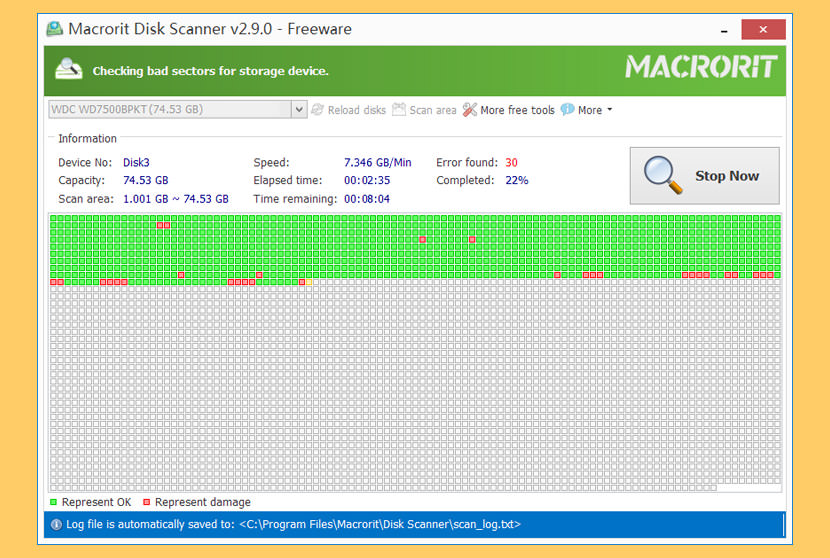

- Create image of hard drive sector by sector install#
- Create image of hard drive sector by sector full#
Create image of hard drive sector by sector full#
Whereas full images include everything on your source drive, differential images contain only the information that has changed since you created your last full image. You can break image files down into two categories-full and differential. Given the compressed nature of image files, it’s possible to store more than one on a single hard drive, move them around your LAN or the Cloud, or even place them on a memory stick. zip file, but it’s normally saved as an ISO file. This compressed file acts almost like a big.
Create image of hard drive sector by sector install#
Once the process of cloning a drive is complete, you can disconnect the destination drive and install it internally.īy contrast, imaging is the process of creating a byte-by-byte archive of the contents of a hard drive as a compressed (albeit still very large) file and placing it on another drive.

If, however, you have only one internal drive, you’ll need an external SATA-to-USB adapter, a dock, or an enclosure with which to connect your destination drive to your laptop or desktop. If your laptop or desktop allows for two drives, you’re in luck-you can proceed with a direct transfer from one to the other. The only problem is, you’d miss any changes you made since carrying out the clone-but with that caveat, reverting to the destination drive allows you to pick up where you left off. With cloning, if something disastrous happens to your source drive, you can revert to the destination drive. In other words, it’s the process of creating an exact replica of a drive so you can’t detect a difference between the source drive and the destination drive. To begin, let’s start by defining both cloning and imaging.Ĭloning is the one-to-one transfer of the entire contents of a hard drive to another hard drive. imaging? Which option is better for managed services providers (MSPs)? Defining cloning and imaging So, given all these commonalities, what are the differences between cloning vs. In short, they replicate everything you need to boot and run an operating system-which is why you can’t boot from a simple file-only backup.

Imaging and cloning do involve the replication of files-but they also replicate boot and partition information, the allocation table, and additional data used by the operating system to locate and access the replicated files. However, it’s important to note neither involves simply copying and pasting data onto another drive.


 0 kommentar(er)
0 kommentar(er)
